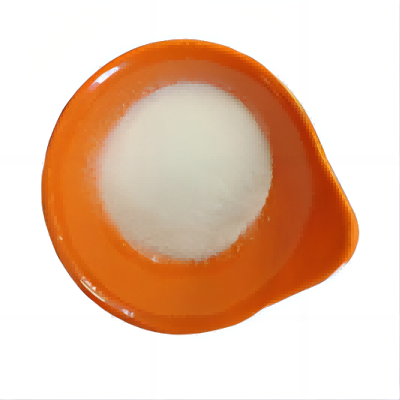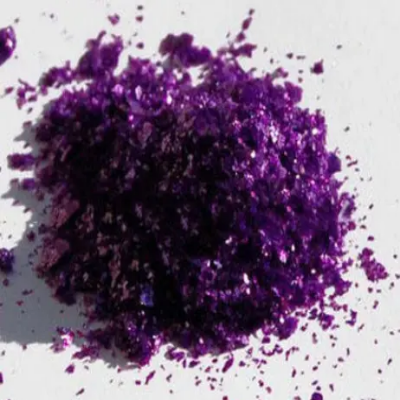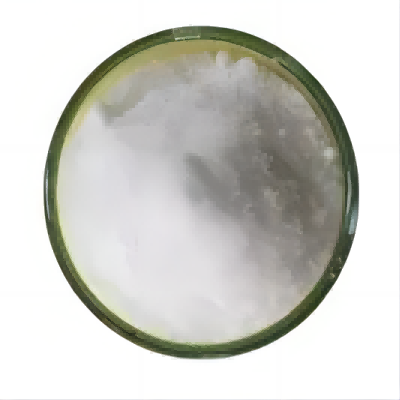N4-Benzoylcytosine CAS:26661-13-2
N4-Benzoylcytosine serves multiple applications primarily in the realms of medicinal chemistry and molecular biology. One of its key uses is as a chemical probe to study nucleic acid interactions. By substituting the benzoyl group for the typical hydrogen atom at the 4-position of cytosine, researchers can investigate how structural modifications influence base pairing, stability, and overall nucleic acid conformation. These studies contribute to a deeper understanding of DNA and RNA dynamics, which is essential for elucidating mechanisms of genetic regulation and expression. In drug discovery, N4-benzoylcytosine has potential as an antitumor agent. The modification may enhance its ability to inhibit cellular processes related to cancer cell proliferation. By mimicking natural nucleobases, this compound could interfere with DNA replication and repair mechanisms in rapidly dividing cancer cells, thereby promoting apoptosis. Research into its cytotoxic effects and therapeutic efficacy against various cancer types is ongoing, with promising results suggesting that it could be developed as part of a novel chemotherapy regimen. Furthermore, N4-benzoylcytosine can serve as an intermediate in the synthesis of other complex nucleobase derivatives. Its unique structure enables chemists to explore further reactions and modifications, paving the way for the creation of new compounds with specific biological activities. This versatility makes it a valuable addition to the synthetic toolbox in nucleic acid chemistry. Additionally, N4-benzoylcytosine has applications in the field of epigenetics. By incorporating modified nucleobases into oligonucleotides, researchers can investigate the role of methylation and other post-transcriptional modifications on gene expression. Understanding these mechanisms is crucial for developing therapies targeting epigenetic changes associated with various diseases. Overall, N4-benzoylcytosine represents a significant compound in the study of nucleic acids and drug development, showcasing its potential to enhance our understanding of biological processes and contribute to innovative therapeutic strategies.






| Composition | C11H9N3O2 |
| Assay | 99% |
| Appearance | white powder |
| CAS No. | 26661-13-2 |
| Packing | Small and bulk |
| Shelf Life | 2 years |
| Storage | Store in cool and dry area |
| Certification | ISO. |









